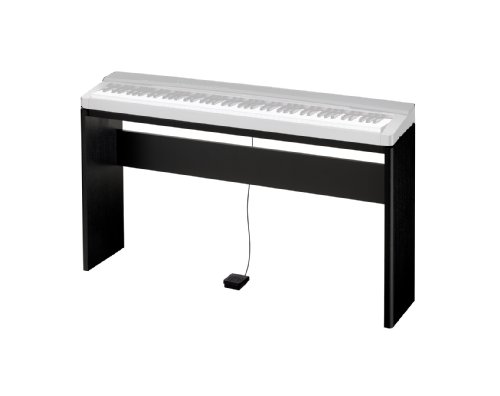Buying keyboards can be a bit confusing because there are literally HUNDREDS to choose from. Hopefully this guide will help to take some of the mystery out of the process.
Questions to Ask Yourself
* What kind of keyboard do I need?
The answer to this question depends upon what it is that you want to do with the keyboard.
Digital Pianos
If playing the piano is your main interest then you probably want a digital piano. Digital pianos are basically of two types: the "console", which looks like a regular piano, and the "stage" which is the flat slab-like version. If you want a digital piano for your home and plan to leave it mostly in one location, then you might like the console type. If you are going to be performing or just need a more portable piano, then you would want the stage type.
Whichever style you chose, there are basic considerations:
Number of keys
Although various options are available, I recommend a digital piano with 88 keys just like an acoustic piano. Any fewer will severely limit your playing.
Action
If you want the feel of an acoustic piano, you want weighted keys This quality can be enhanced by hammer action but this is not absolutely necessary.
Touch Sensitivity
This means that if you press a key harder, it will play louder--a must for a real piano sound.
Synthesizers
Basically a synthesizer is a keyboard that produces sounds. Most of them today are digital, meaning that they sample the sounds and store them on ROM. They also have memory slots where you can store sounds that you create.
Workstations
A workstation can be thought of as a miniature composing, recording, and production studio. Most workstations have a number of recording features, such as the ability to record audio, an internal hard drive, multi-track recording, built-in CD burners, etc. Workstations are the pinnacle of the professional keyboard world, and will provide the experienced songwriter or producer with the tools needed to craft, record, edit, and finalize songs.
* How Much Can I Afford To Spend?
The price of digital pianos ranges from a few hundred to many thousands of dollars. The price depends upon each instrument's features such as sound and responsiveness, quality of samples, the feel of the keyboard,the quality of speakers, and even the finish of the cabinet in the case of the console. Your decision might be based on who will be using it (think twice about buying a ,000 digital piano for young children)and how dedicated you are to your playing.
The cost of buying-keyboards of the other varieties also ranges from a few hundred to several thousand, depending upon their features.
You can get very good deals on any of these keyboards at online dealers. Check out the great online deals on keyboards, accessories, and music books at my site.
 | Price : Too low to display
| Price : Too low to display



